|
Highlights of Xi'an
March 30, 2000. It is an hour and a half flight from Beijing to the
Xi'an airport. The airport is situated about thirty miles from the city (6
million plus people) primarily due to the fact that the area surrounding Xi'an
is filled with mausoleums of past emperors. Since Xi'an was the capital of 11
dynasties, there are hundreds of burial mounds in the area. The climate is
warmer and drier then Beijing but the air is more smoggy. The environment
is akin to a winter holocaust - gray, hard to breathe, particles of dirt
attaching to your skin and clothing - all from the usage of coal with no pollution
controls in place.
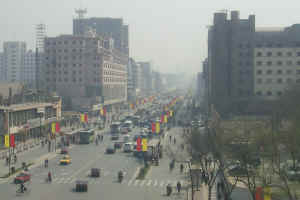 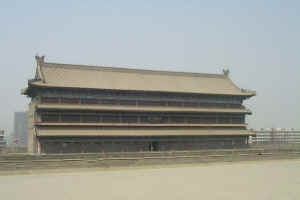
Our first stop is at the Ancient City Walls. The Walls were originally
built on the Tang Forbidden City walls during the Ming Dynasty. The Walls form a
rectangle of 14km; they are 12 m high and 12-14m wide on top with towers
punctuating the corners and the gateways. Today the Walls merely split the city
into an inner and outer ring. We watched a welcoming ceremony for Japanese
dignitaries visiting Xi'an from the top of the Wall. There is a
significant Japanese presence in Xi'an primarily due to a large Compaq
factory. Interestingly the Walls were used as air raid shelters when the Japanese
bombed the city.
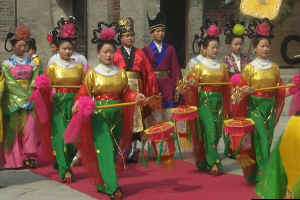 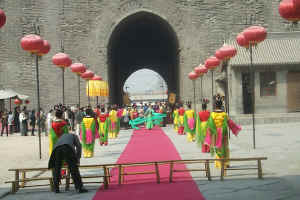
Outside of the city was the Sheraton Hotel in which we stayed. Across the
street was a military training school and along the wide boulevard in front of
the hotel were many vacant storefronts. Traffic is horrendous and signs of
a very low standard of living were visible when we saw people living in mounds of
dirt created temporarily on construction sites. The military often were the
construction crew for many new buildings.
March 31. Xi'an jumped onto
the map in 1974 when a local farmer discovered the entry ramp to an underground
pit containing
the life size army of 6,000 terra cotta warriors guarding China's First Emperor. The
pit (one of three open today) containing the 2000 year old army of warriors is now the center of financial livelihood of this
region. Because photography is not allowed inside the pits, the pictures of
the warriors which we took are from the pottery factory and the historical
museum that we visited in Xi'an. 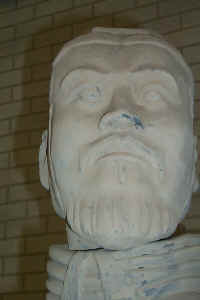 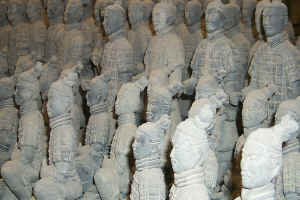
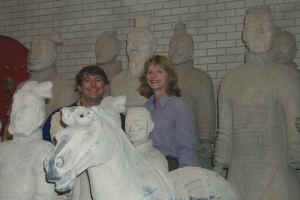 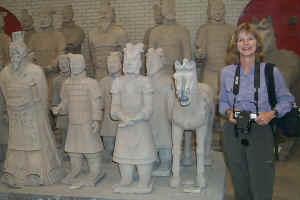
Emperor Qin Shihuangdi is buried 3 km from the pits. In Pit #1 the soldiers along with
the cavalry, archers, generals, horses, chariots face east in rectangular battle
array in order to protect the Emperor. The vanguard are the crossbow and
longbow bearers, then the armoured soldiers , along with the 35 horse drawn
chariots. Each figure has unique facial expressions and features. Weapons of the
era (swords of metal, spears) were found intact with the figures. Where
once the warriors were painted, the oxidation of the figures upon exposure to
the atmosphere as destroyed the colors. Many of the tombs remain closed
until better and safer techniques can be used in discovering the contents of the
remaining buried treasures.
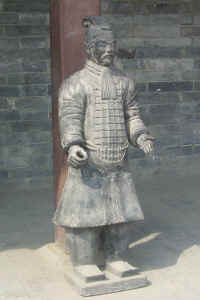 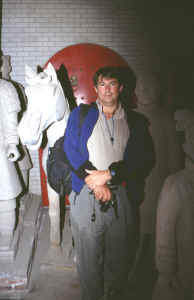 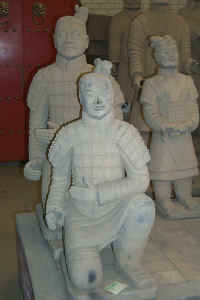
Pit #2 (opened in 1976) contains 1000 figures.
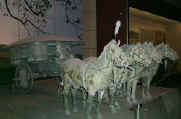 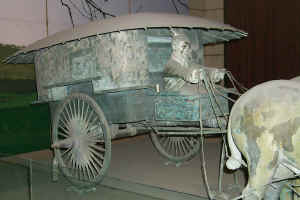 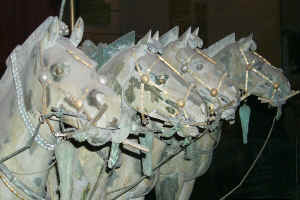
Pit #3 containing 68 warriors is the Officers pit and the command post of the generals.
The structure surrounding it was built most recently and has more modern
technology used in uncovering the artifacts. Here colors on the figures are still intact in the
climate controlled areas of the pit.
After lunch we visited the
White (Little) Goose Pagoda - a 7 story Buddhist temple built in 707-709 AD and
housing sacred
Buddhist scrolls from India. The Pagoda is located on the grounds of the Jianfu
Temple built in 684 AD. Only 25% of the Chinese population practices any
sort of organized religion with Christianity being the largest and most
organized.
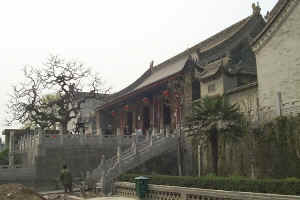 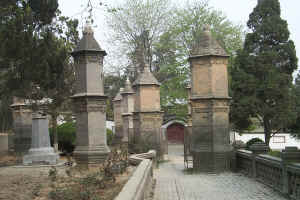
The Boban archeology site is another preserved dig in the area dating back
~6,000 years ago. A 50's elementary school style building houses the
artifacts today.
We completed our day at the Shaanzi (Xi'an) Historical
Museum. A
very modern facility that was recently completed (1992) for the housing of the major
artwork, pottery, artifacts, clothing from the major dynasties from ~2000 BC to
Ming.
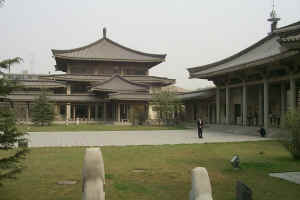 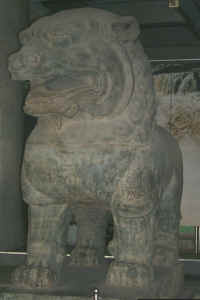
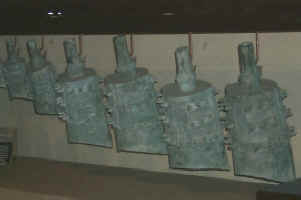 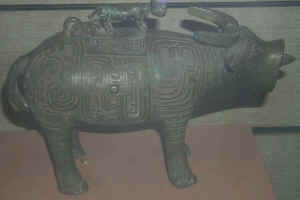
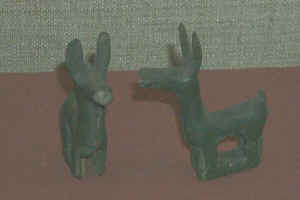 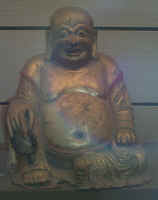
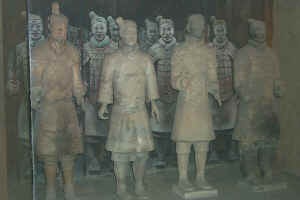
We dined this evening at the 'famous' Tang Dynasty Music and Dance Theater. The
performance was much better than our Beijing theater experience.
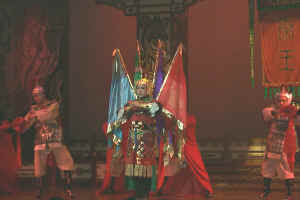 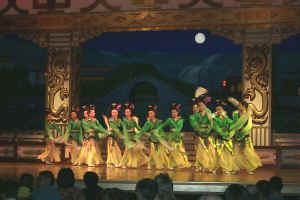
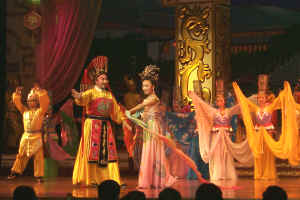 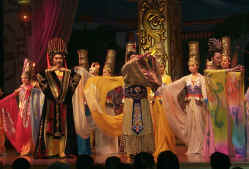
April
1- Our departure from Xi'an is on a wet gloomy note. The ride to the
airport via backroads which took us through neighborhoods of block houses with
dirt floors, no electricity, sewer or running water. We are on our way to Chongquing.
|